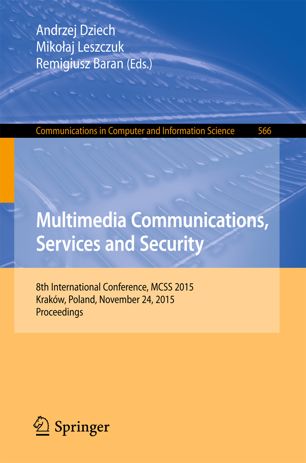Elliptic Curve Cryptography (ECC) has attractive advantages compared to other public-key cryptosystems that motivated cryptographers for using it. ECC offers equal security for a smaller key sizes, thereby reducing processing overhead, making it ideal for small devices, key agreement protocols and digital signature applications. Images are data types that occasionally include secret information, such as faces, places and signatures. Encryption scheme is a technique to protect images secrecy by encrypting them before transmission over public networks and unsecured channels. In this paper, we proposed an image encryption scheme which is based on computational operations (Add, Double, Multiply) on points that lie on a predefined elliptic curve (EC). For any ECC-based encryption scheme, converting a message (image pixel) to a coordinate on an affine curve is a mandatory prerequisite. The proposed image encryption scheme utilizes, both, the Koblitz’s encoding method and the novel proposed mapping method to convert pixels of a plainimage into coordinates of the predefined EC-points. Then, addition of the resulting points with the points resulting from the Chaos-Driven Elliptic Curve Pseudo-random Number Generator (C-D ECPRNG) is considered for completion of the image encryption process. Discussing Koblitz’s encoding method, creating the mapping table, the converting process and the encryption itself are given in detail along with their implementation. Finally, drawing EC-points is done to show changes in the distribution of points in each case.


